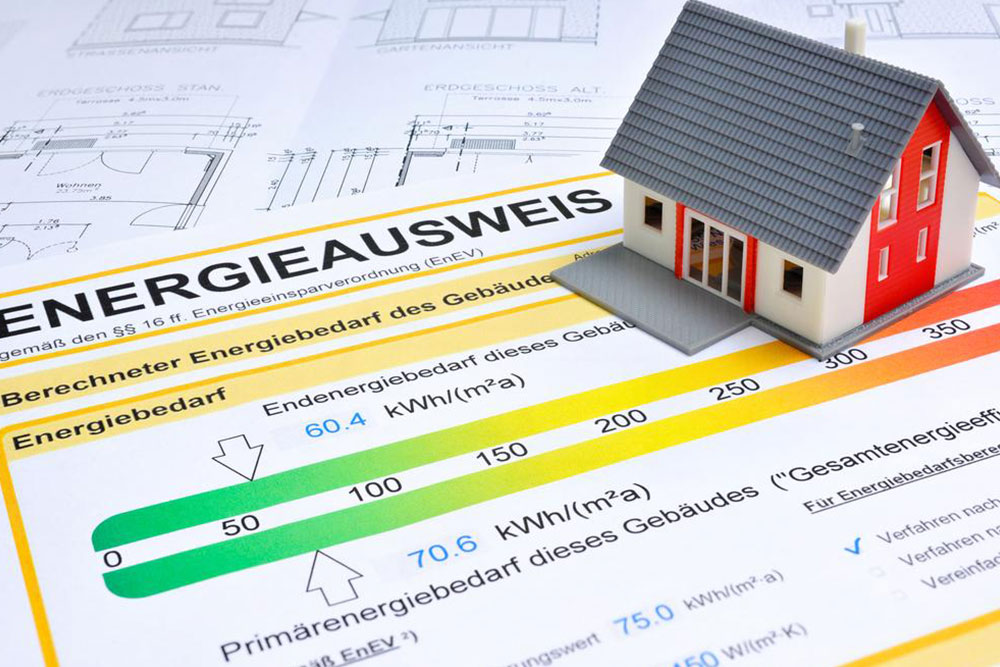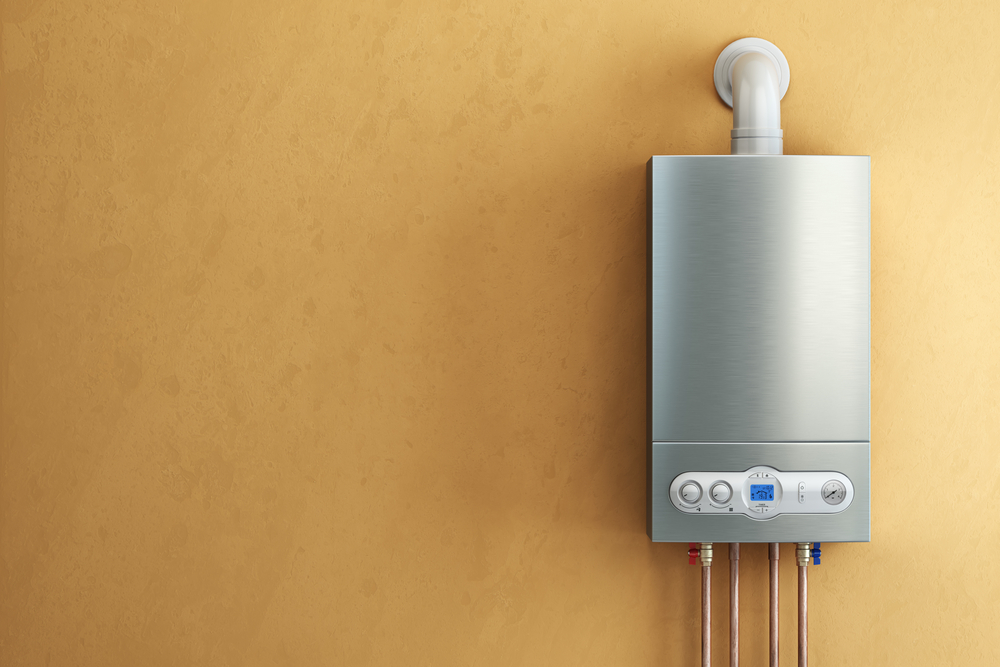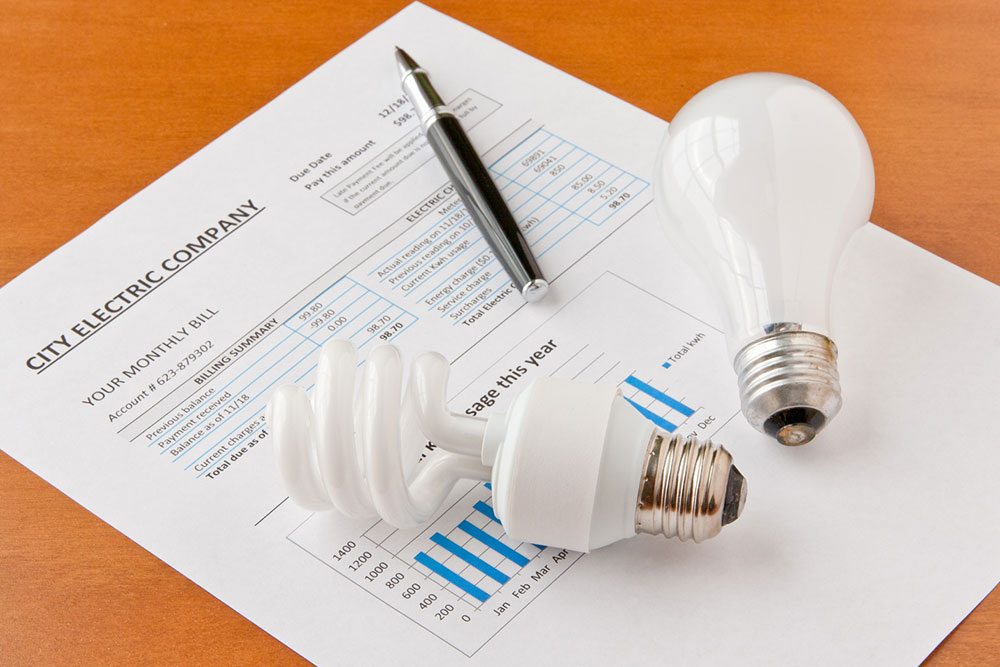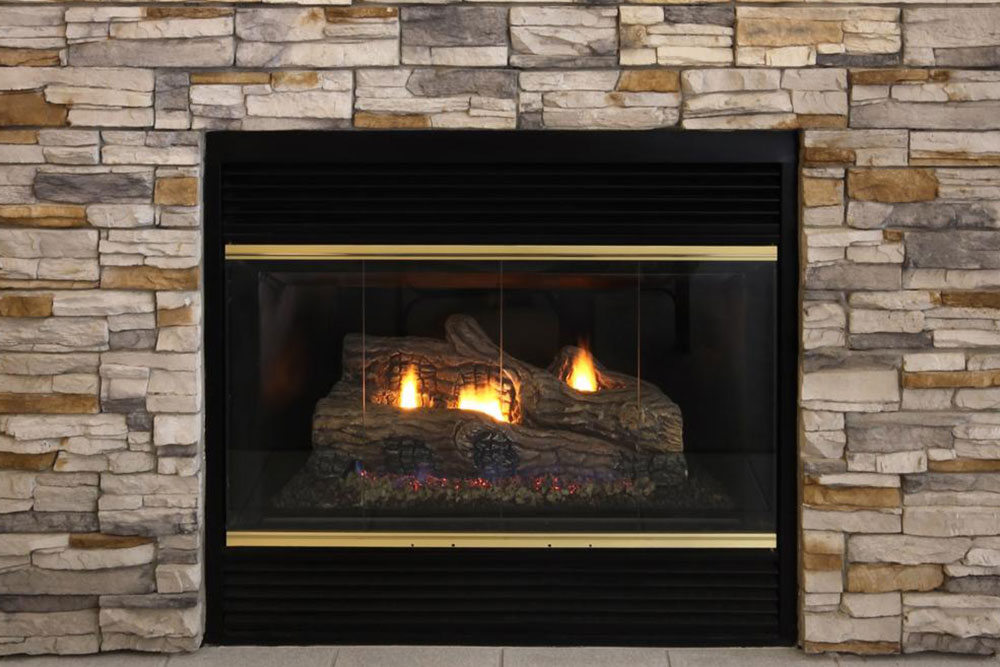The Evolution of Home Heating: Understanding Oil Heating Costs and Trends
Explore the evolving landscape of home heating with a focus on oil heating costs. Discover how technological advancements have enhanced efficiency and affordability, making oil-based systems a reliable choice for regional heating needs. Understand the benefits, market trends, and future outlook of oil heating technology in residential settings.

Transforming Trends in Residential Oil Heating and Cost Dynamics
In regions characterized by extreme or unpredictable weather patterns, the importance of reliable indoor heating systems cannot be overstated. In particular, countries like the United States experience long, cold winters that greatly influence the demand for home heating solutions. While summers may bring relief, the need for efficient, consistent heating throughout the colder months sustains a vibrant market for various heating technologies. Over the decades, this demand has spurred ongoing innovations and adaptations in heating systems, each offering distinct benefits and limitations tailored for both residential and commercial applications.
Since the 1960s, oil-based heating has maintained its position as a favored solution for warming homes across many regions. Despite the changing landscape of energy sources and environmental considerations, oil heating systems have persisted due to their robustness and reliability. Over the years, the technological foundation of these systems has seen significant refinements, making them more efficient and easier to operate. However, as with any energy-consuming technology, the associated costs—both initial and operational—have experienced fluctuations influenced by market dynamics, technological advancements, and regulatory policies.
The core technology behind oil heating has been optimized to deliver high performance with simplified installation and maintenance procedures. Early heating systems, which were often bulky and noisy, have evolved into sleek, efficient units that integrate seamlessly into modern homes. While traditional heating methods were known for their reliability, recent technological breakthroughs have enhanced their energy efficiency and cost-effectiveness, making them more attractive to contemporary consumers.
From a scientific standpoint, oil heating systems are complex mechanical marvels. They combine advanced combustion technology, sophisticated control mechanisms, and durable materials, ensuring consistent heat output even during the coldest months. Historically, oil heating was perceived as a costly solution, especially when compared to other energy sources. Natural gas, where accessible, has often been identified as the most economical option, with electricity and oil competing for affordability depending on regional factors and infrastructure availability.
Today, continual improvements in engineering and manufacturing processes have driven down operational costs for oil heating systems. Innovations such as improved insulation, more efficient burners, and smarter control systems have contributed to reducing energy consumption and maintenance expenses. Consequently, homeowners can now enjoy reliable, cost-effective heating without bearing excessive financial burdens. This evolution ensures that oil heating remains a viable choice in many markets, especially where alternative energy sources are limited or less affordable.





